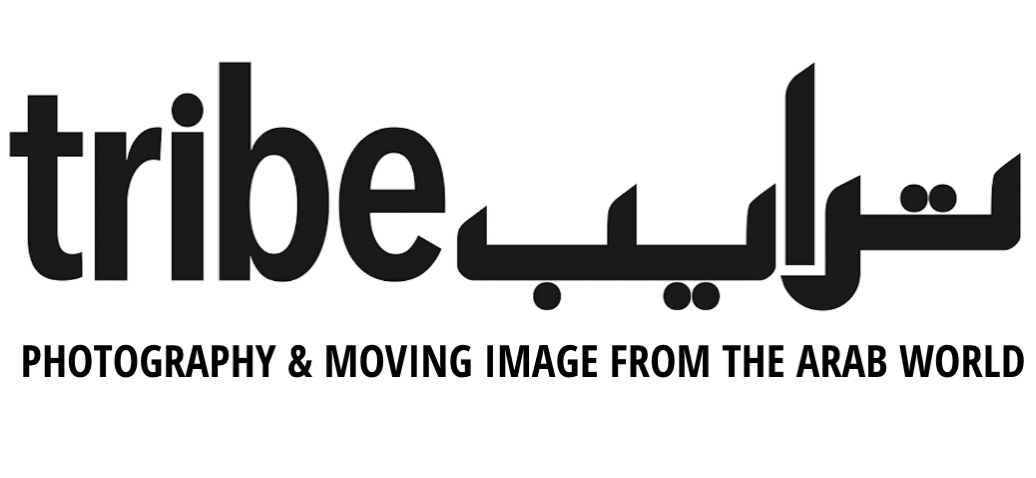Speaking Across Mountains: Kurdish Artists in Dialogue
An evolving conversation across a cultural landscape
Kani Kamil, Blue Blanket (2018). Mixed media, artist’s hair embroidered on printed fabric. Dimensions variable
With text by Katrina Weber Ashour, arts strategy and communication specialist
For its second exhibition since it opened in Washington, DC this past September, the Middle East Institute (MEI) Art Gallery has stepped into a space until now rarely considered by US arts institutions, with an exhibition of contemporary Kurdish artists. Curated by the NYC-Cairo-based Heba Elkayal under the title Speaking Across Mountains: Kurdish Artists in Dialogue, the show offers an intimate selection of work by ten artists. Their approaches to form and material—film, photography, painting, embroidery, sculpture, documentary, found object assemblages, etc—are as varied as their life stories. The featured artists come from or have roots in Kurdish communities across Iraq, Syria, and Turkey. Together, they reflect the inherently transnational Kurdish reality, at times living as refugees, immigrants, and/or members of the diaspora in Lebanon, Canada, Italy, Sweden, the USA, the UK, and Germany.
Framed as a symbolic conversation across the prominent mountain ranges that dominate the Kurdish cultural landscape, the experience is less a matter of direct dialogue between artists than that of an evolving, transnational conversation between the artists and their ethnic identities, their family histories, and their memories, as well as with the geopolitical borders, conflicts, displacements and gendered expectations that constrain the region and with the audience itself.
Iraqi-Kurdish artist Sherko Abbas’ mixed-media installation The Phantom Museum (2019) juxtaposes archival materials and photographs with ephemera and childhood memories of seeing a suspicious caravan to describe the infamous Red Jail in northern Iraq, where scores of Kurdish dissidents were imprisoned, tortured, and killed during the Saddam era.
The personal narrative that Iraqi-Kurdish artist Kani Kamil explores in Blue Blanket (2018) likewise uses a manipulated photograph to evoke a larger story. Photos of female family members printed on fabric are obscured by embroidery using the artist’s hair and hung under a generic advertisement depicting a smiling blonde boy; instead of his actual female family members, her grandfather displayed an image of this anonymous white child at the family business. By defacing these photographs with a physical intervention the artist critiques the alienation of women in society.
The Turkish-Kurdish artist Savas Boyraz documents sites of clashes between Kurdish rebels and the Turkish army in 2015-2016 in his series The State We Are In (2016-2019). Sweeping mountainous landscapes are punctuated by discarded objects or buildings that bear silent witness to the state-sanctioned violence that took the lives of over 300 civilians. The power of a seemingly benign photograph to viscerally connect audiences to historic violence against civilians is also reflected in the work of Turkish-Kurdish artist Şener Özmen. In The Photograph (2018) he describes a childhood photograph—the only remaining visual imagery remaining from his early years—and the impact the destruction of his personal history by Turkish governmental forces had on his memory and sense of self.
True to the Middle East Institute’s commitment to informed discourse, the exhibition is paired with panel discussions and film screenings expanding on Kurdish contemporary art and regional politics. The show succeeds in its evocation of an absence and hunger for more. Speaking Across Mountains leaves visitors with the surety that—just as the fragmented documentation in many of the featured artists’ work is inherently incomplete— there is more to the picture of contemporary Kurdish art than that which is in their immediate field of view.
The show succeeds in its evocation of an absence of contemporary work by Kurdish artists and a hunger for more.
6 December 2019 - 26 February 2020


